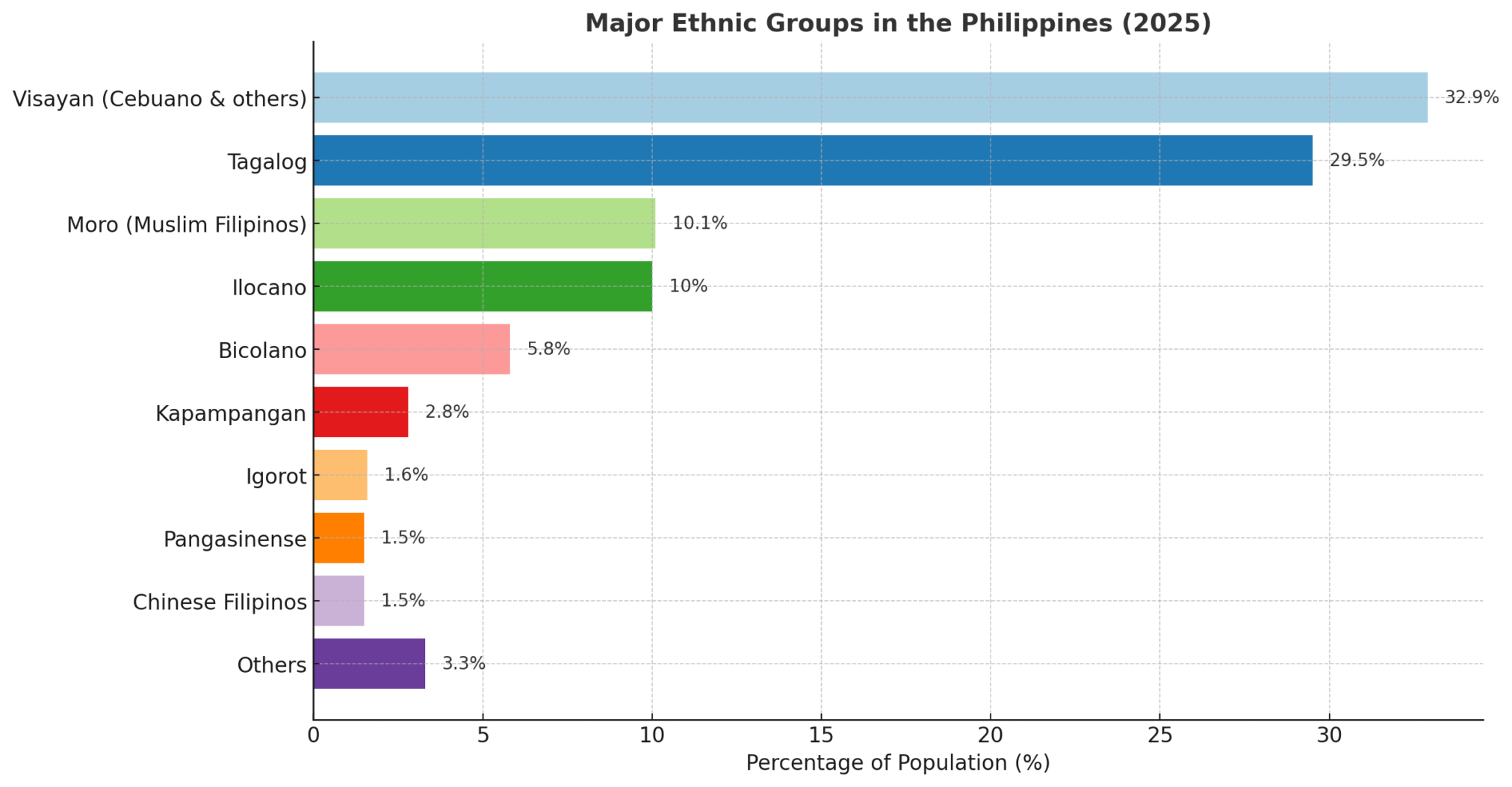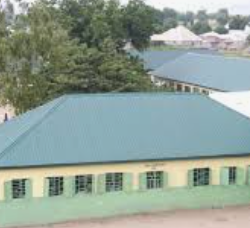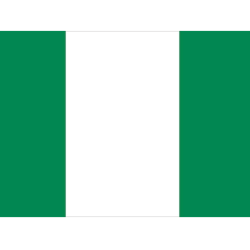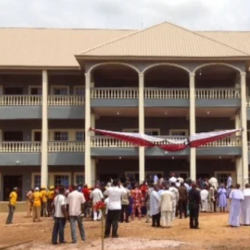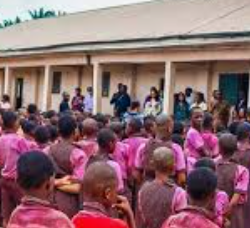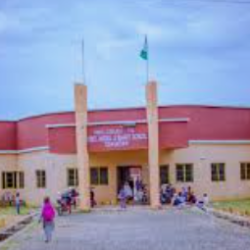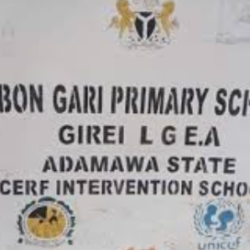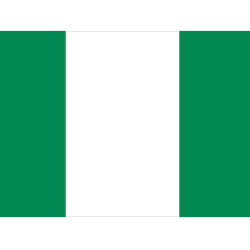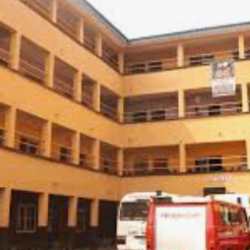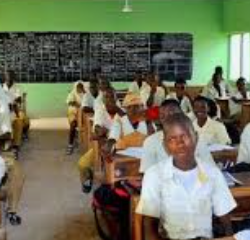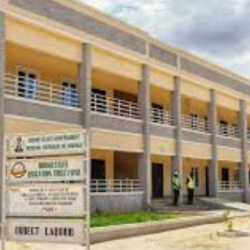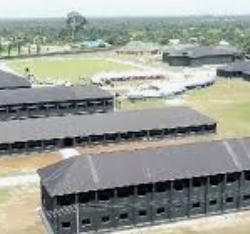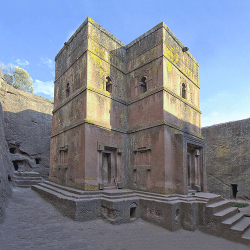Ethnic Groups in the Philippines: A Guide to Its Diverse Population
Ethnic groups in the Philippines, from Tagalog and Visayan to Moro, Ilocano, and more. Learn about their history, languages, and cultural impact.
The Philippines is one of the most ethnically diverse countries in Asia, home to more than 116.8 million people as of 2025. Its population is a colorful blend of native Austronesian groups, indigenous peoples, and minorities of Chinese, Spanish, and other foreign descent. This diversity has shaped the country’s history, language, culture, and identity.
Major Ethnic Groups in the Philippines
Ethnic groups in the Philippines along with their approximate population percentages:
- Visayan (Cebuano and other Visayan groups) – 32.9%
- Tagalog – 29.5%
- Moro (Muslim Filipinos in Mindanao) – 10.1%
- Ilocano – 10%
- Bicolano – 5.8%
- Kapampangan – 2.8%
- Igorot (Cordillera highlands indigenous people) – 1.6%
- Pangasinense – 1.5%
- Chinese Filipinos (Tsinoy) – 1.5%
- Others (various smaller groups like Ibanag, Tausug, Maranao, etc.) – 3.3%
Visayan (Cebuano and Others) – 32.9%
The Visayans, also called Cebuanos, are the largest ethnic group. They live mostly in Cebu, Bohol, Negros, Panay, and Leyte, speaking Cebuano and other Visayan languages. They are known for their hospitality and vibrant festivals like Sinulog.
Tagalog – 29.5%
The Tagalog people are concentrated in Metro Manila and neighboring provinces. Their language forms the basis of Filipino, the national language. Historically, they played a key role in the Philippine Revolution against Spain.
Moro (Muslim Filipinos) – 10.1%
The Moro people live mainly in Mindanao and Sulu Archipelago. They practice Islam and preserve a rich heritage of maritime trade, Islamic culture, and traditional governance.
Ilocano – 10%
The Ilocanos are based in northern Luzon. Known for their resilience, they are also the country’s largest migrant group, with many Ilocanos living abroad as overseas workers.
Bicolano – 5.8%
The Bicolanos reside in the Bicol Peninsula and are recognized for their spicy cuisine and devotion to the Our Lady of Peñafrancia festival.
Kapampangan – 2.8%
The Kapampangans live in Central Luzon, particularly in Pampanga. They are known for their culinary expertise and historic contributions during the Spanish era.
Igorot – 1.6%
The Igorots are indigenous highland people of the Cordillera region. Famous for their rice terraces and warrior traditions, they remain deeply tied to their ancestral practices.
Pangasinense – 1.5%
The Pangasinense people live in Pangasinan province, speaking Pangasinense. They are skilled farmers and fishers.
Chinese Filipinos – 1.5%
The ethnic Chinese have lived in the Philippines since the 9th century, playing a major role in commerce. Today, many are Chinese-Filipinos (Tsinoys) who blend Chinese and Filipino traditions.
Other Ethnic Minorities – 3.3%
Other groups include Ibanag, Tausug, Maranao, and other smaller indigenous tribes, each with unique traditions and languages.
Total Population and Distribution
The Philippines has an estimated 116.8 million residents. The distribution of its population reflects a wide array of ethnic groups, with Visayans and Tagalogs making up more than half of the population combined.
Historical Roots of the Filipino People
Most Filipinos trace their ancestry to Austronesian settlers, who migrated thousands of years ago. Over time, waves of influence from Chinese traders, Spanish colonizers, American rulers, and Islamic missionaries created a multicultural society.
The Negritos: Indigenous Peoples of the Philippines
The Negritos, among the earliest inhabitants of the Philippines, live in the mountains of Luzon and Visayas. They preserve ancient lifestyles of hunting, gathering, and simple farming.
Mestizo Filipinos: A Legacy of Spanish Colonial Rule
During Spanish colonization, the term “mestizo” referred to those with mixed Filipino and Spanish heritage. Many mestizos are concentrated in Luzon, contributing to the arts, politics, and business sectors.
Language and Communication in the Philippines
Filipino and Tagalog as National Languages
Filipino, largely based on Tagalog, is the official national language.
Other Major Languages
Aside from Tagalog, Cebuano, Ilocano, Bicolano, and Kapampangan are widely spoken in different regions.
The Role of English
English serves as the language of government, education, and business, making the Philippines one of the most English-proficient nations in Asia.
Chinese, Arabic, and Spanish Influences
- Chinese is spoken among Chinese-Filipinos.
- Arabic is used in Islamic religious contexts in Mindanao.
- Spanish, once an official language, still influences modern Filipino vocabulary.
Religion and Ethnicity
Christianity in Luzon and Visayas
Roman Catholicism, brought by the Spanish, is the dominant religion, shaping festivals, traditions, and daily life.
Islam in Mindanao
Mindanao’s Moro population practices Islam, maintaining mosques, madrasahs, and Islamic traditions.
Other Religious Influences
Some Filipinos practice indigenous beliefs or belong to Protestant denominations.
Filipinos and Identity: From “Filipino” to “Pinoy”
Originally, the word “Filipino” referred only to Spaniards in the Philippines. Today, it refers to all citizens of the country, regardless of background. The term “Pinoy” is a casual nickname used locally and abroad.
Comparison with Other Southeast Asian Countries
Philippines vs. Indonesia in Ethnic Diversity
Both the Philippines and Indonesia are among the most ethnically diverse countries in Asia, each hosting hundreds of groups with distinct languages and traditions.
Challenges and Opportunities in a Multi-Ethnic Society
Unity in Diversity
Despite differences, Filipinos share a strong sense of national pride.
Language Preservation
Efforts are ongoing to protect regional dialects and indigenous tongues.
Cultural Celebrations
Festivals like Sinulog, Ati-Atihan, and Kadayawan showcase the blending of cultures.
FAQs About Ethnic Groups in the Philippines
1. What is the largest ethnic group in the Philippines?
The Visayans (Cebuanos) make up the largest group at 32.9% of the population.
2. Who are the Moro people?
The Moro are Muslim Filipinos living mainly in Mindanao and nearby islands.
3. Are Chinese Filipinos considered Filipinos?
Yes, Chinese-Filipinos (Tsinoys) are Filipino citizens, many with centuries-old roots.
4. What language is mostly spoken in the Philippines?
Filipino (Tagalog-based) and English are official, but regional languages are widely used.
5. Are Negritos still present in the Philippines?
Yes, they live in remote mountain regions, preserving indigenous ways of life.
6. What does “Pinoy” mean?
“Pinoy” is a colloquial term for Filipino, often used with pride.
A pie chart showing the distribution of major ethnic groups in the Philippines
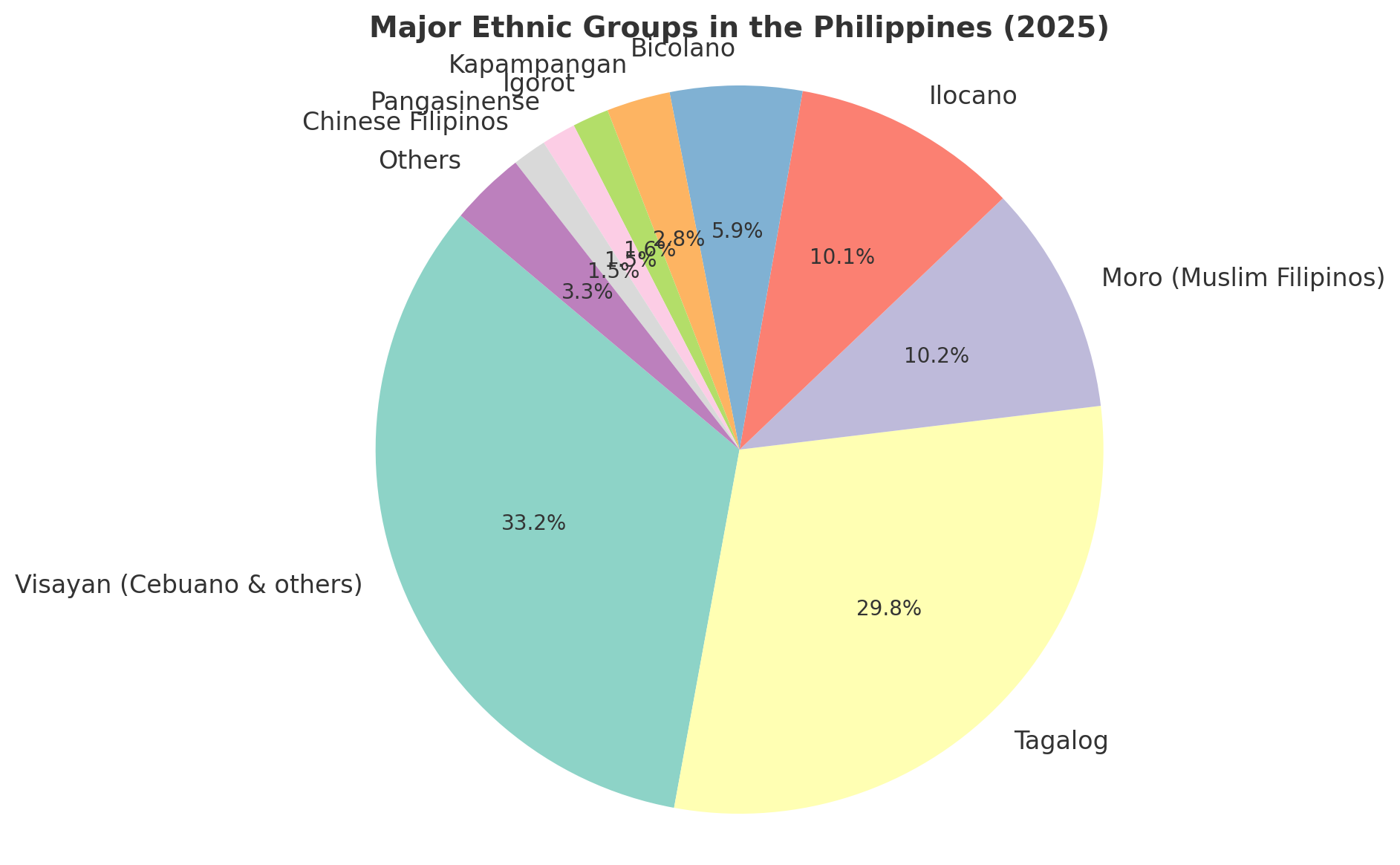
A bar graph version so you can compare the groups more easily by percentage
